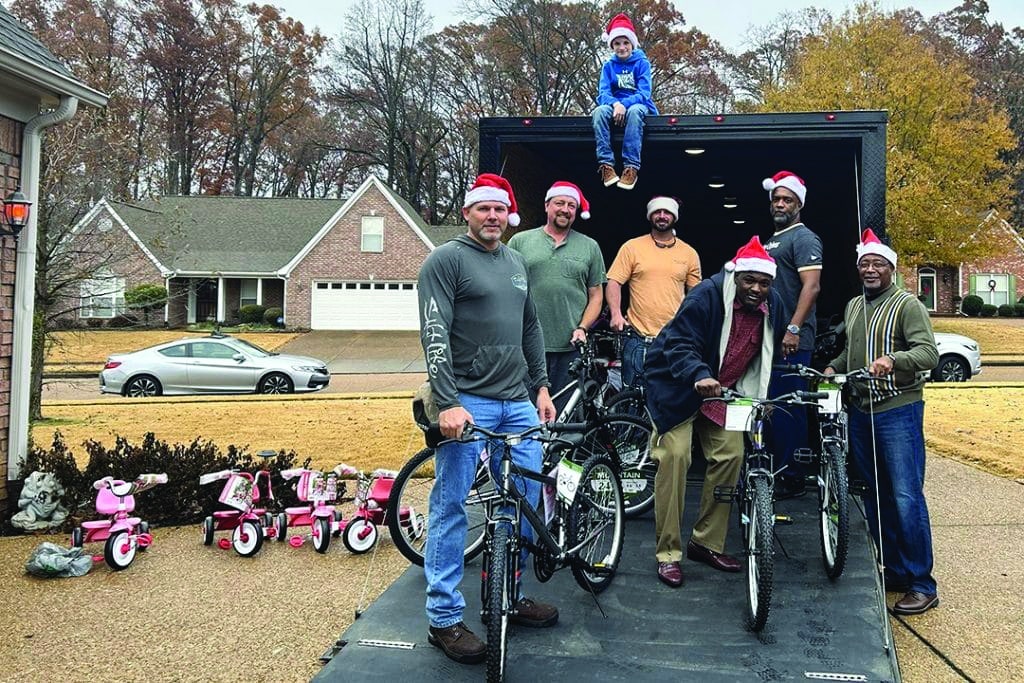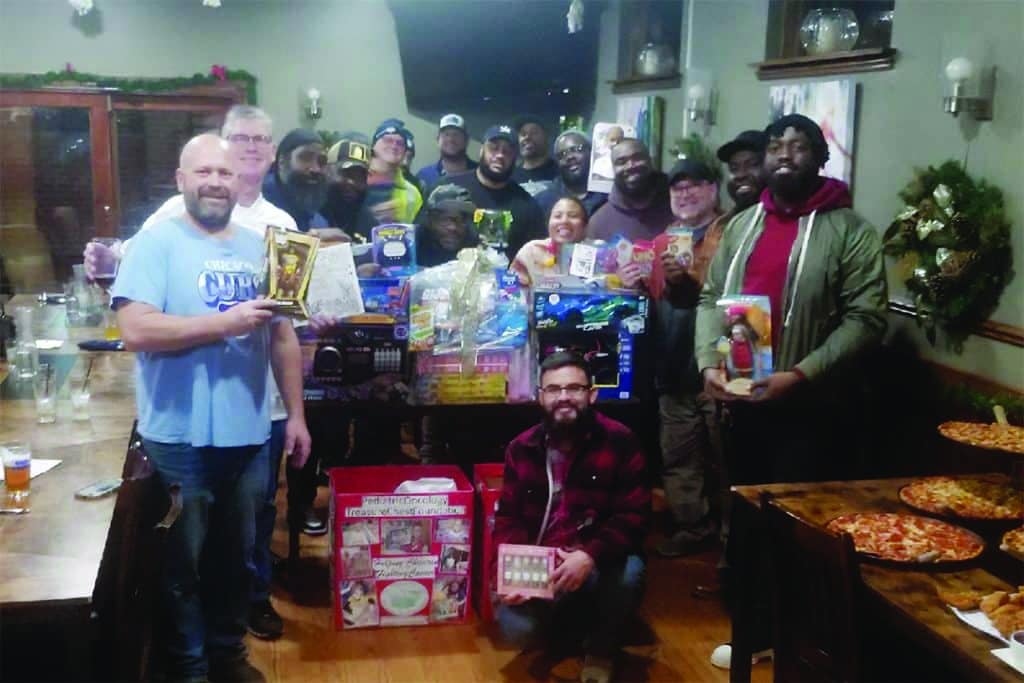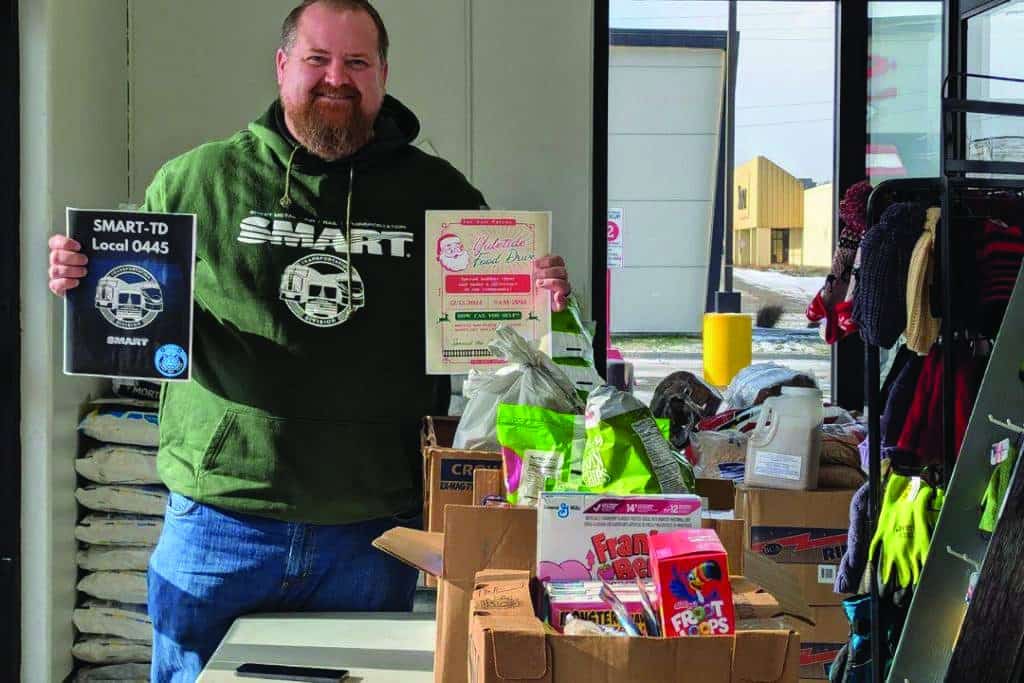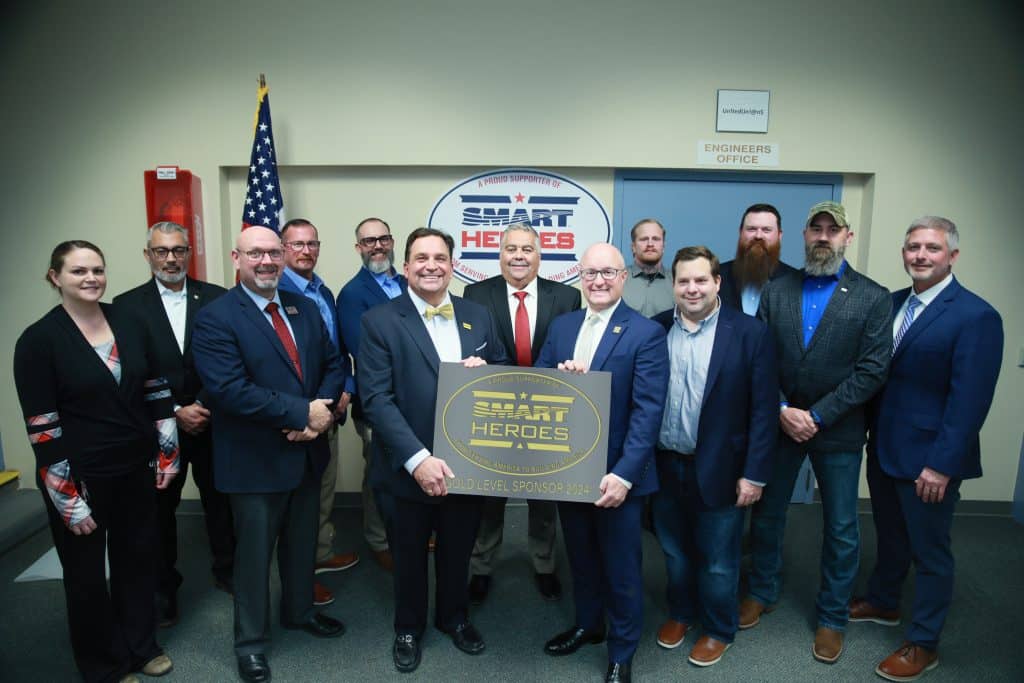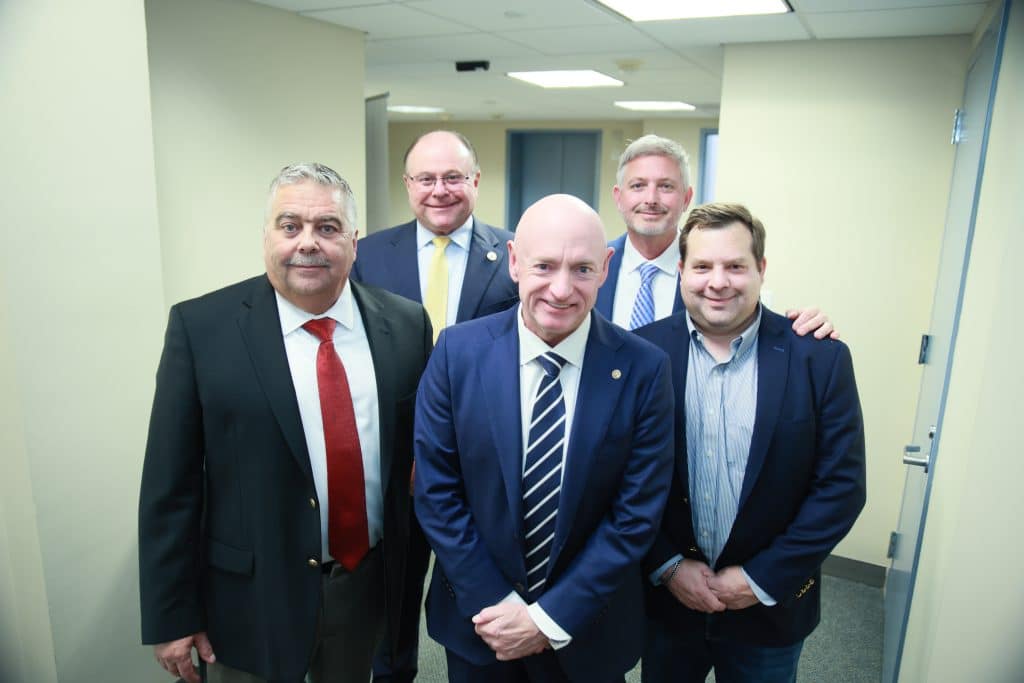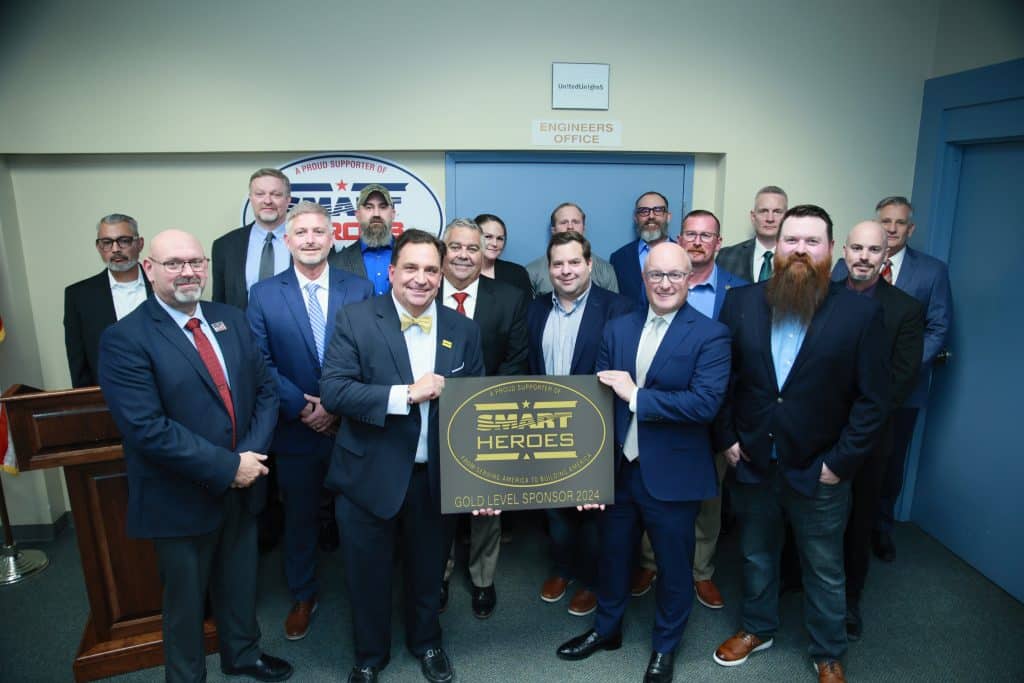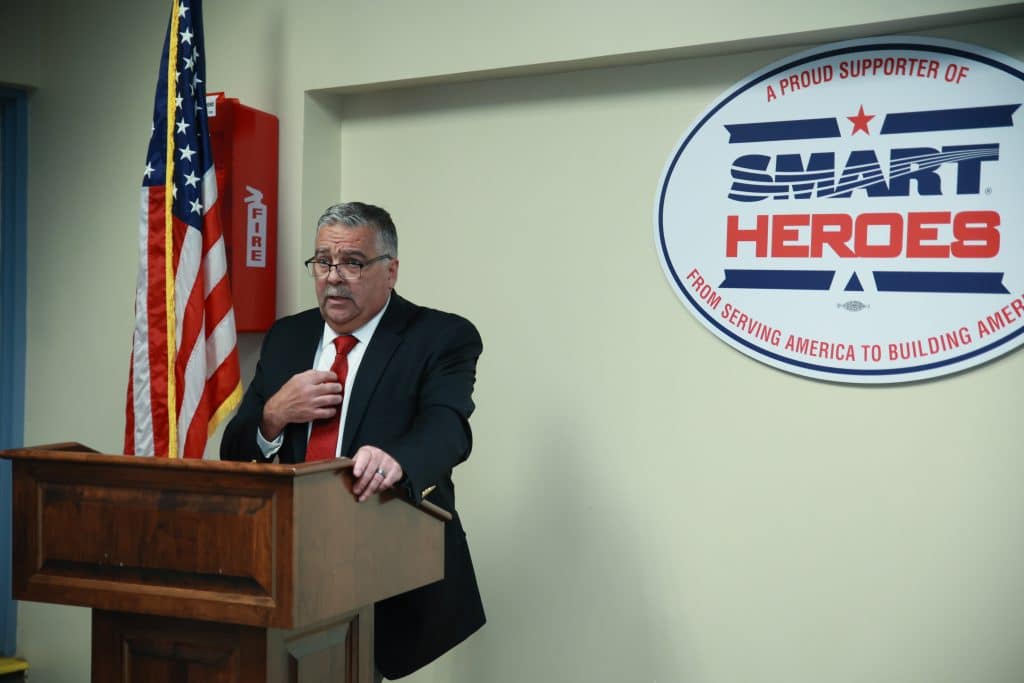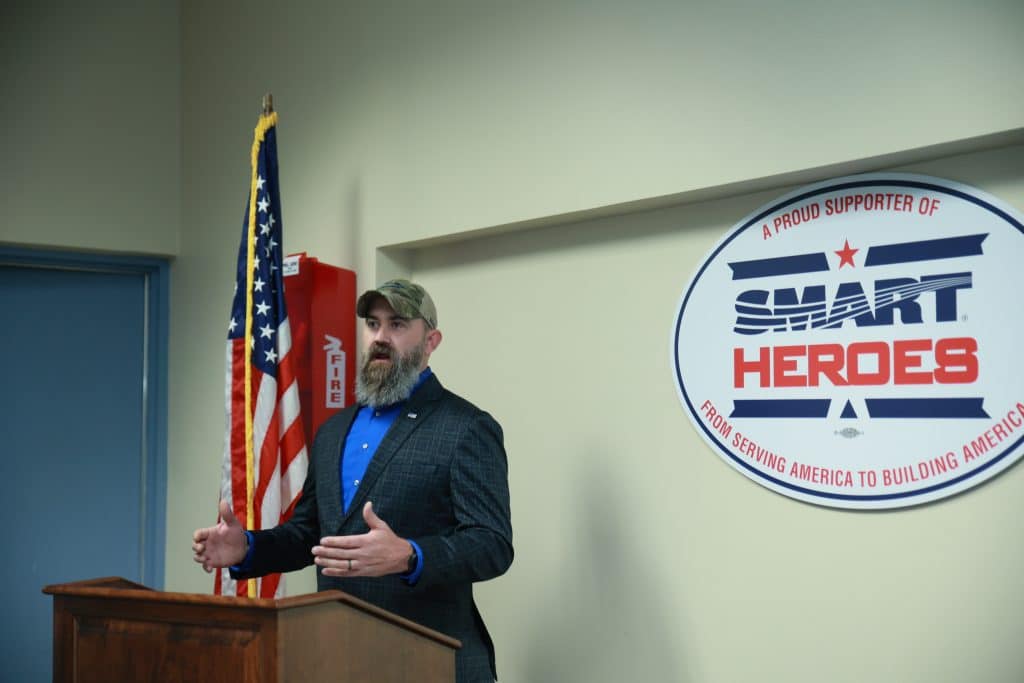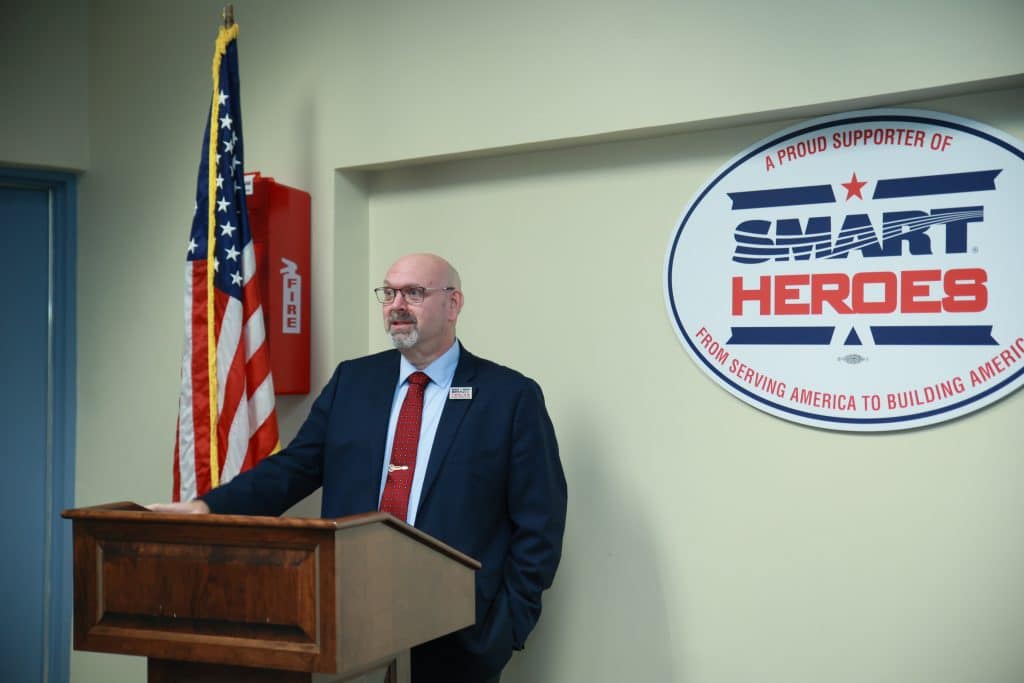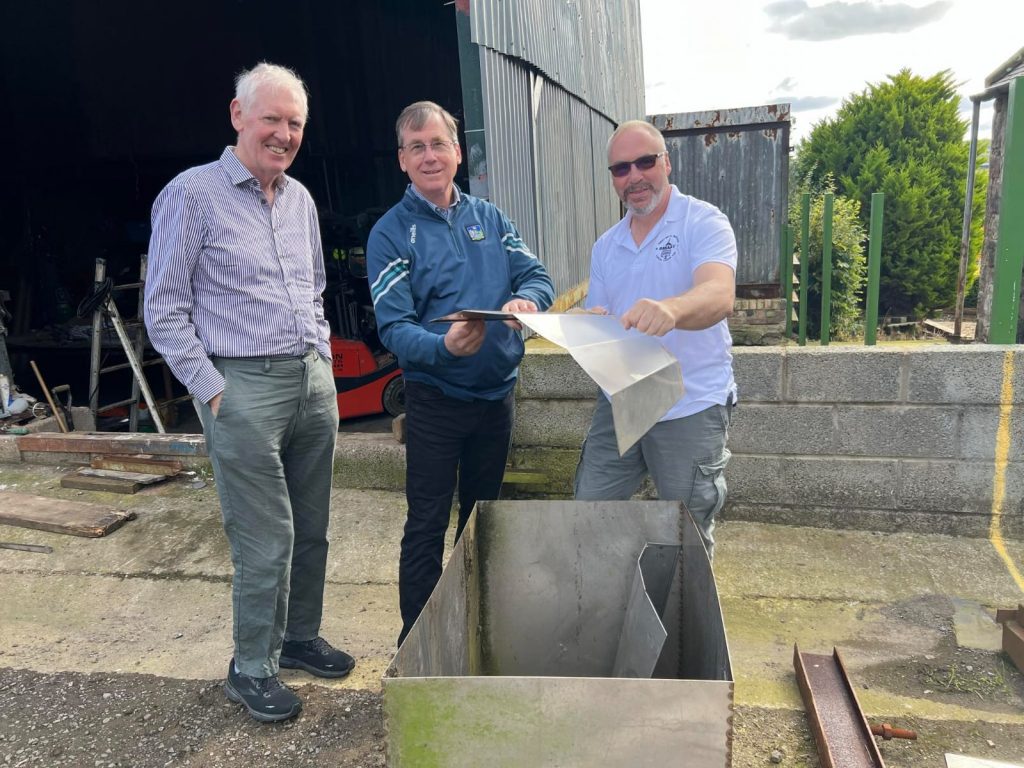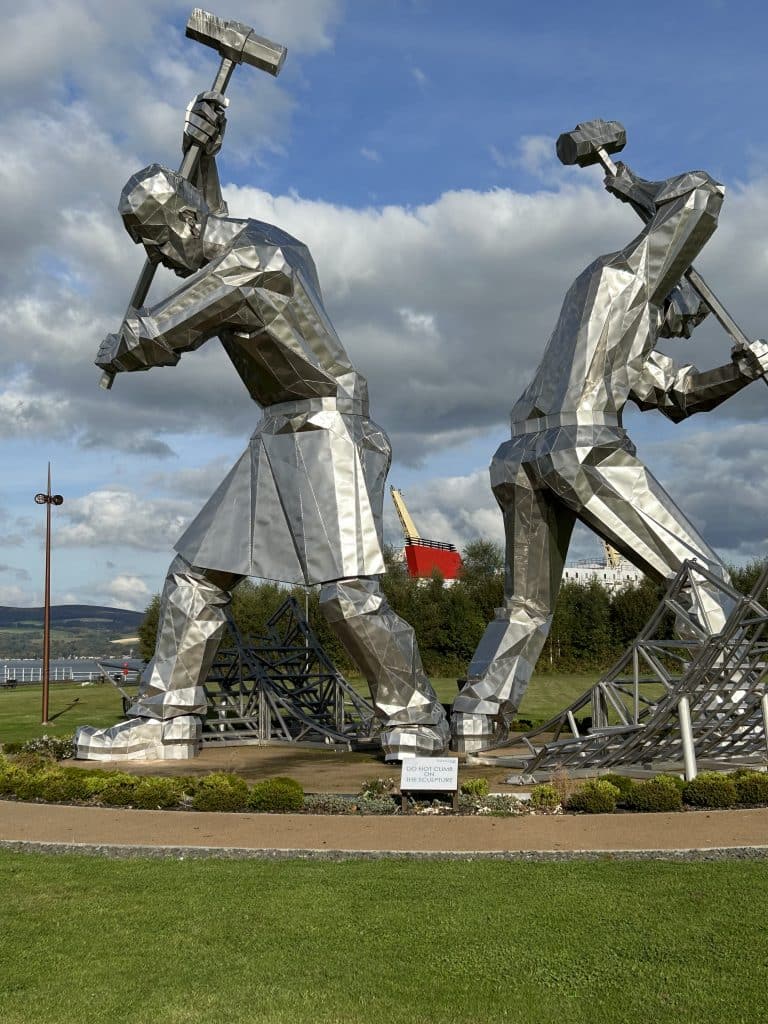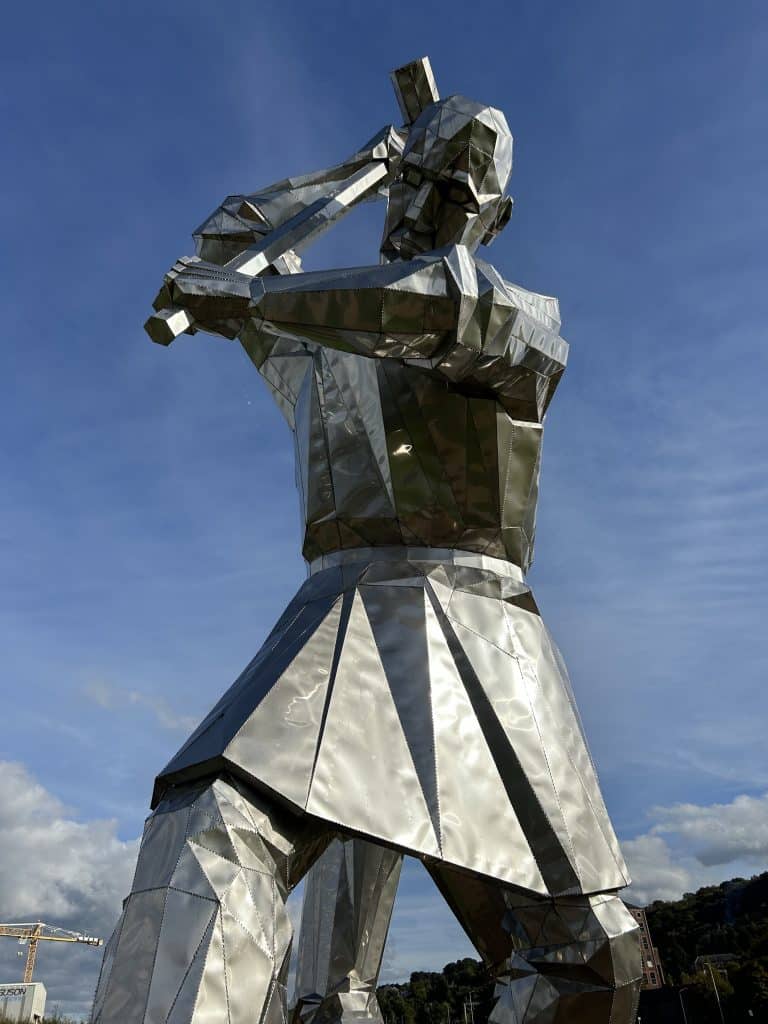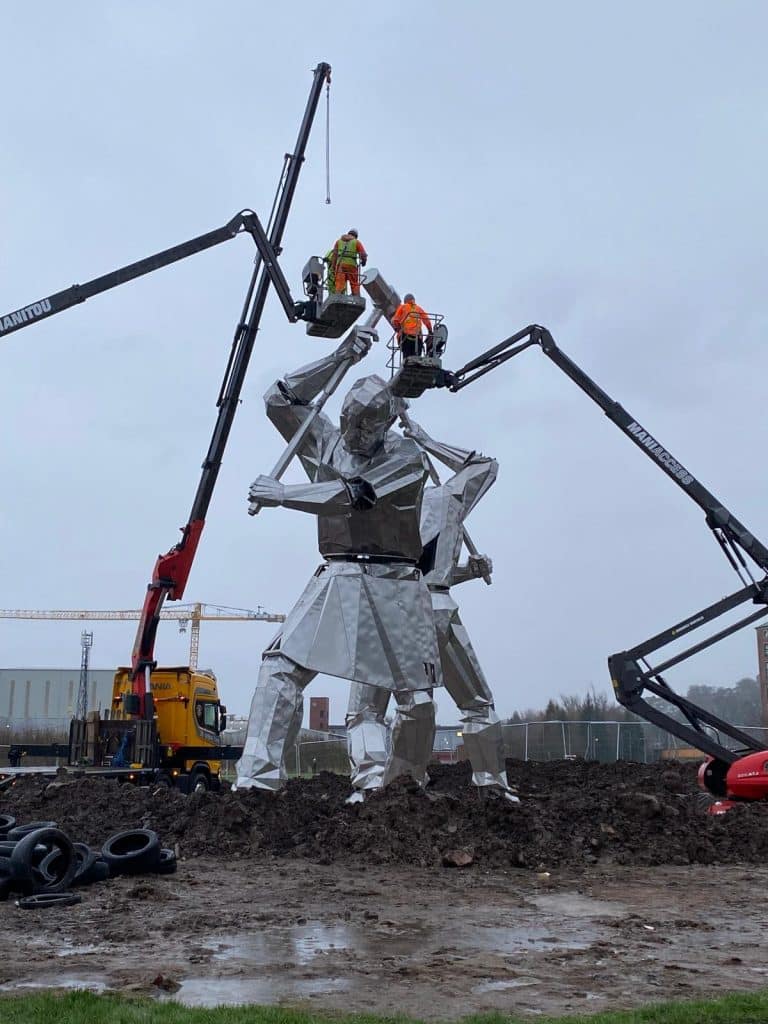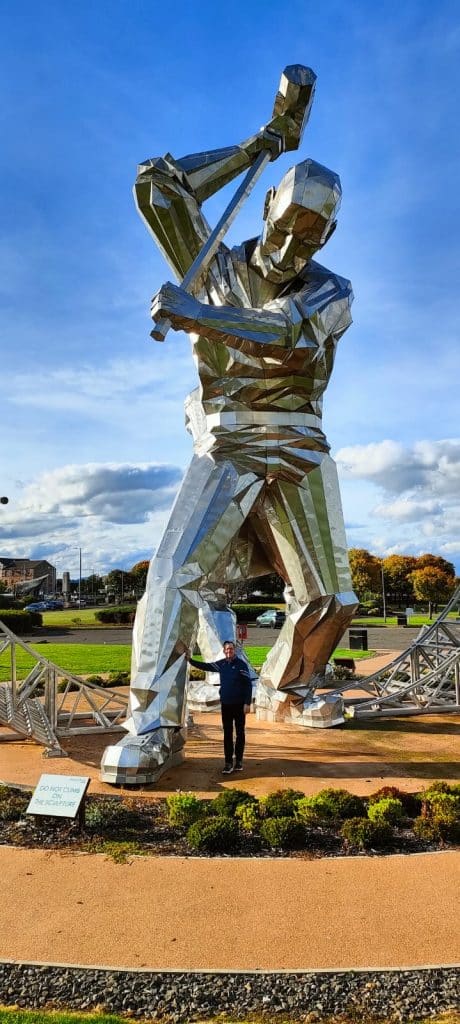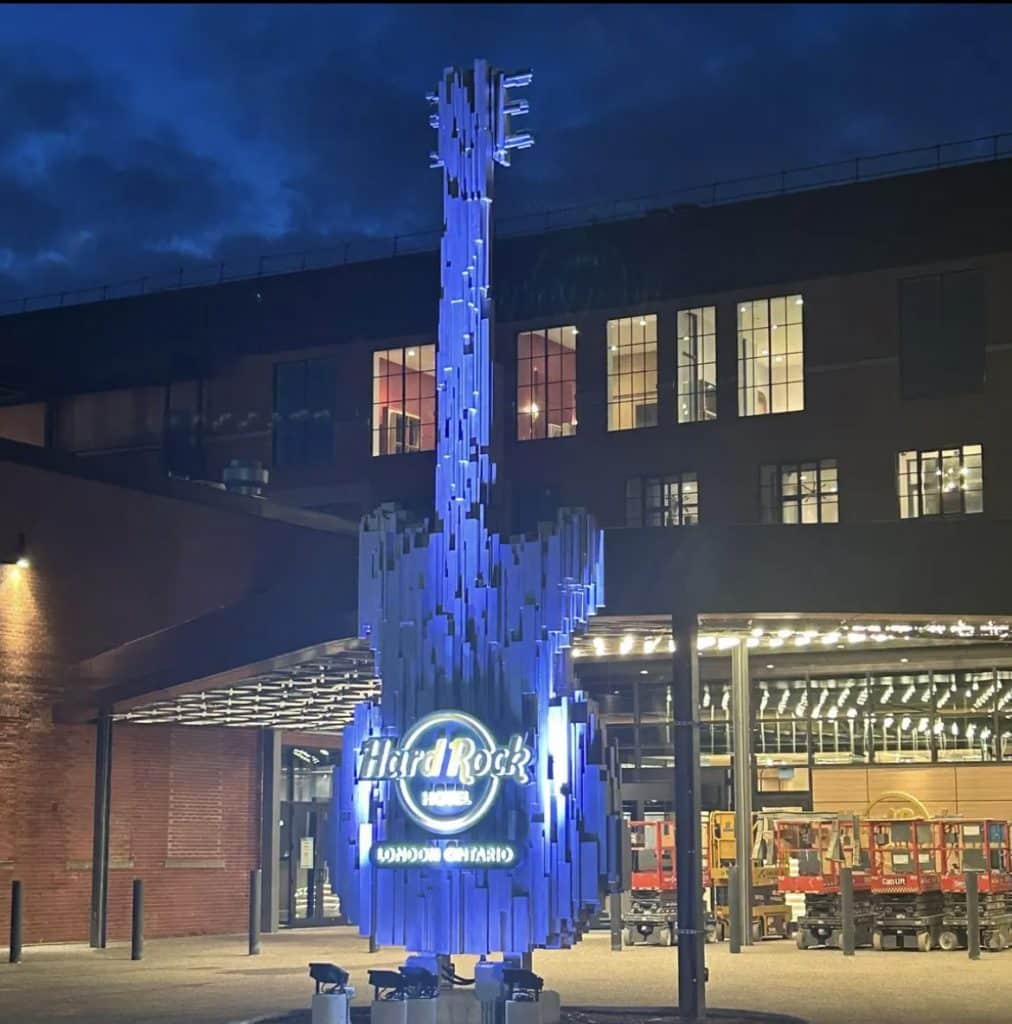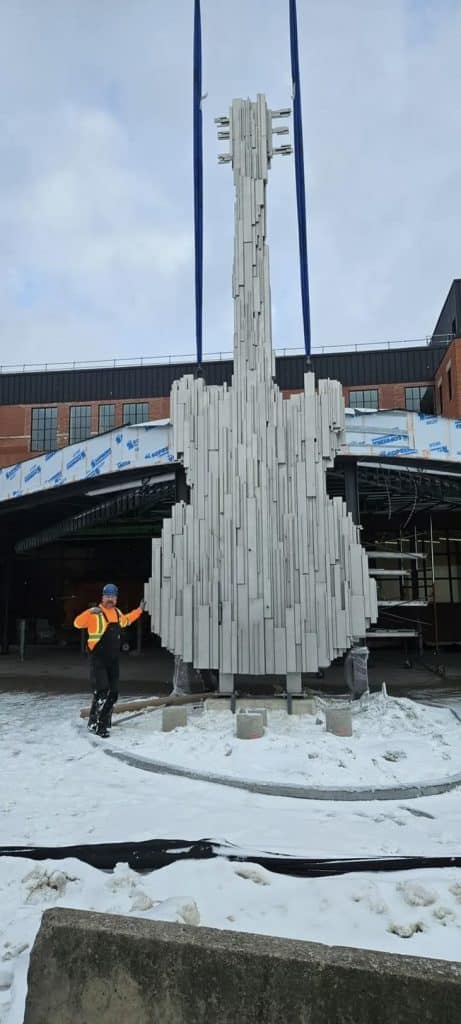SMART Army members across North America volunteered their time, energy and donations during the holiday season, helping provide for those in need.
Local 9 (Colorado) partnered with community organization Foster Source, delivering toys to youth in foster care and spreading joy and hope to those who need it most.
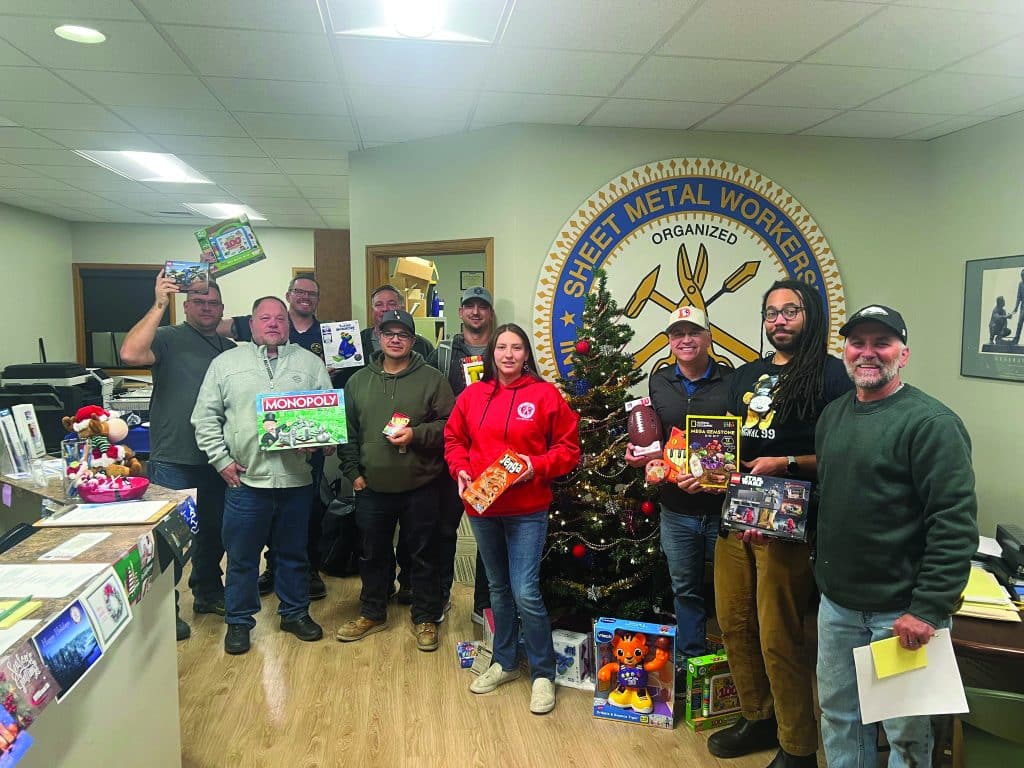
SMART-TD Local 1741 members proudly continued the local’s toy collection tradition for San Francisco children and families, distributing gifts to General Hospital and a local domestic violence shelter.
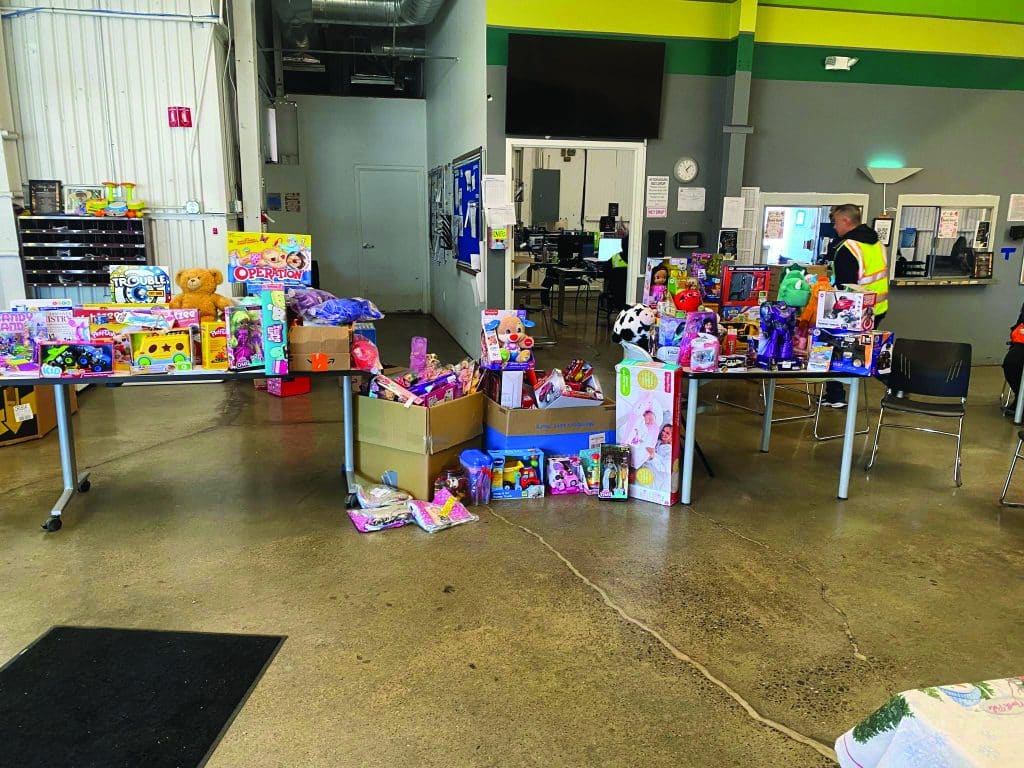
Local 33 members in Toledo, Ohio, stepped up for their community, providing gifts for several families in need and gathering hams for workers who lost their jobs during the holidays after a fire destroyed their place of employment.
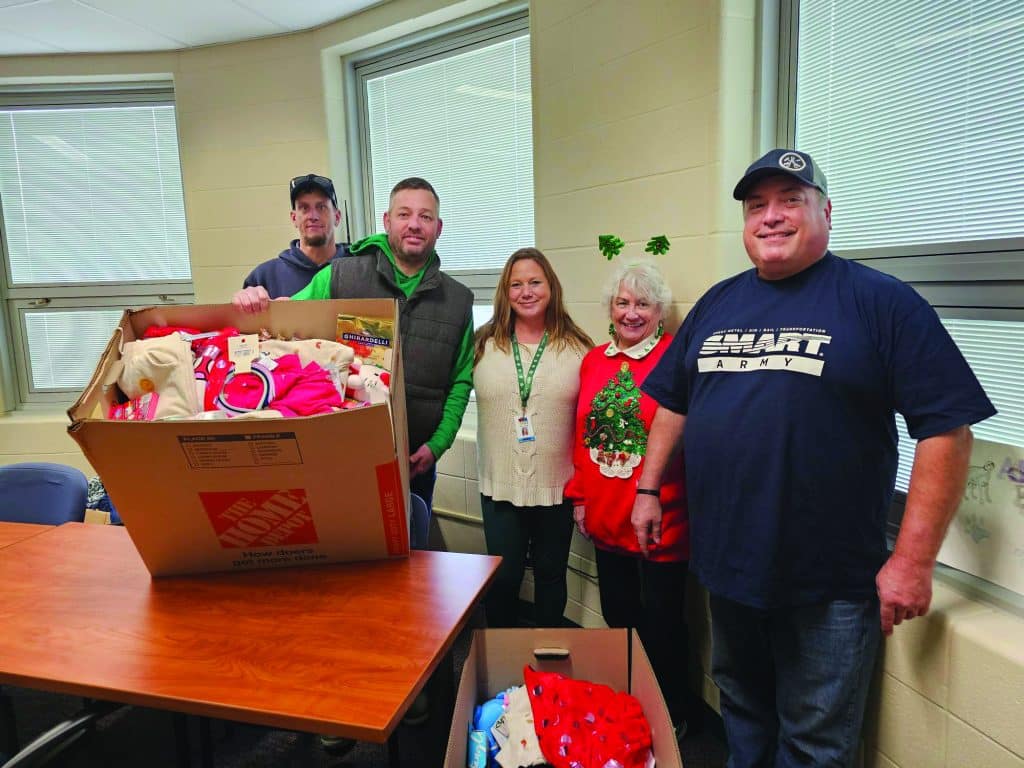
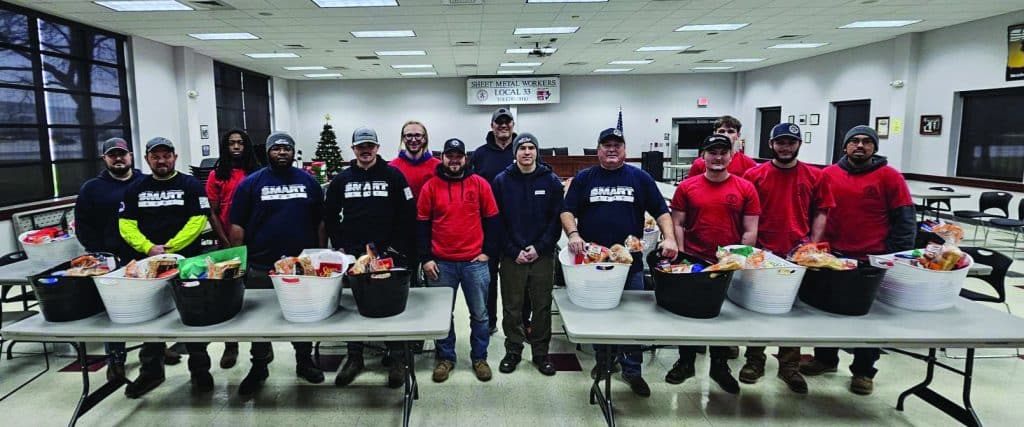
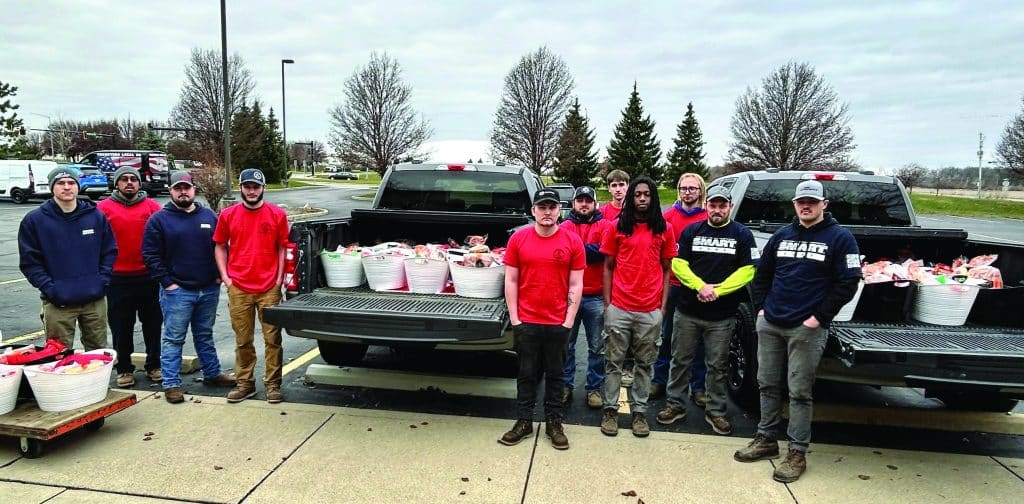
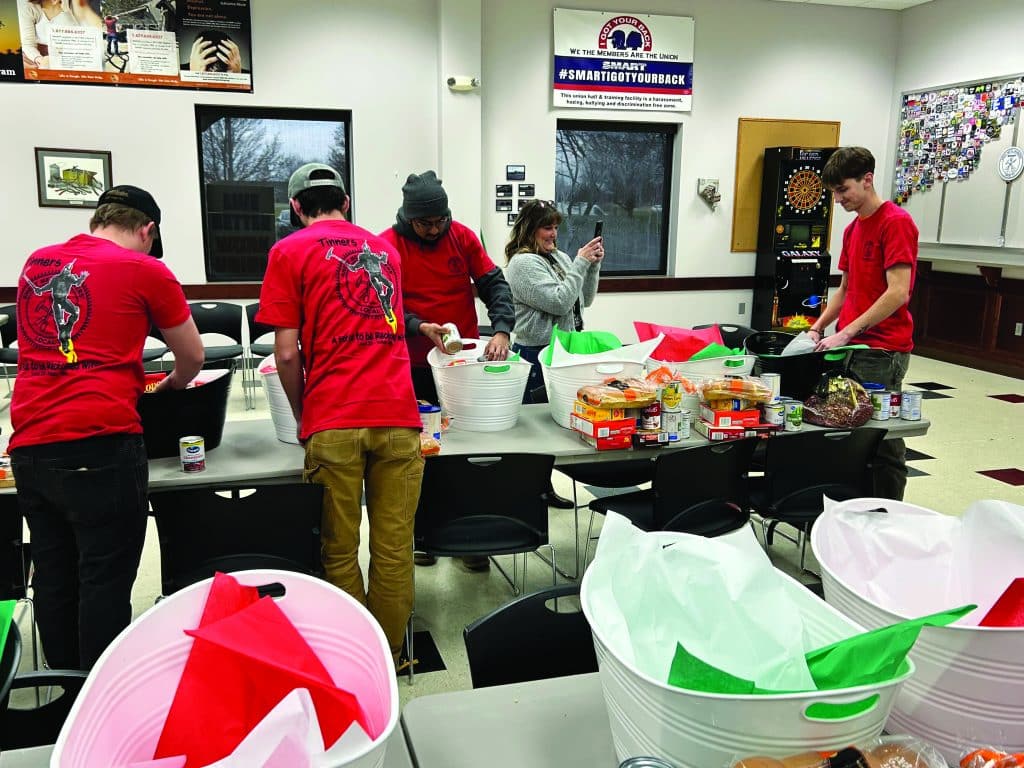
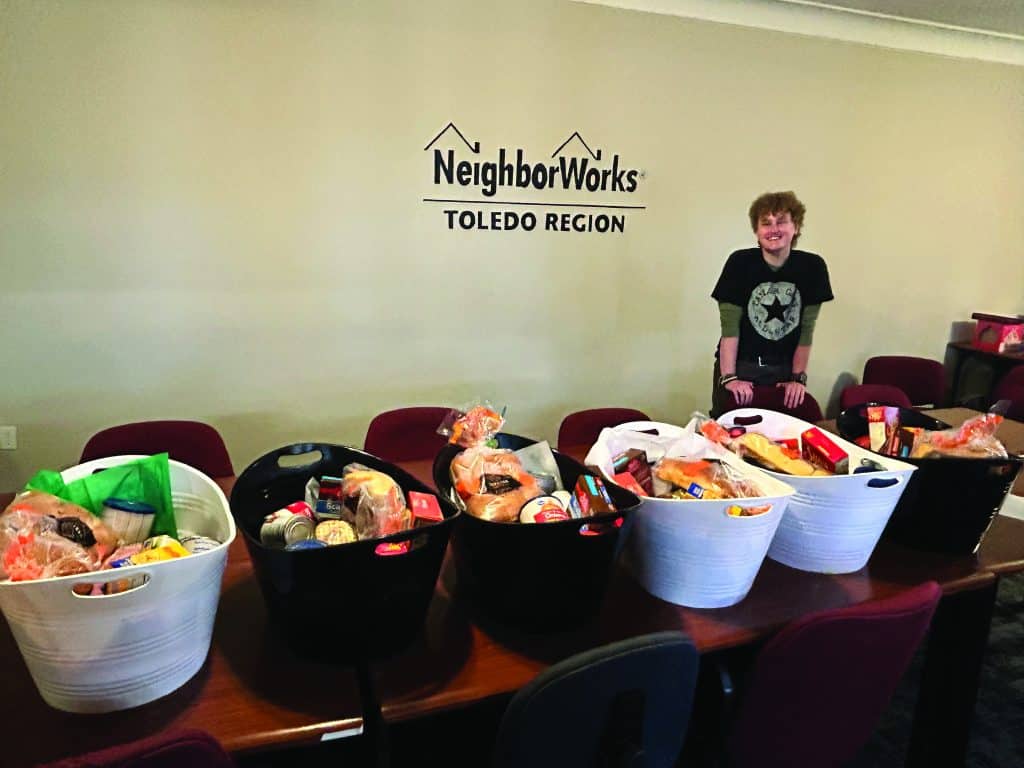
Local 265 members (Carol Stream, Ill.) gathered and donated gifts as part of the United States Marines Corps’ Toys for Tots program.
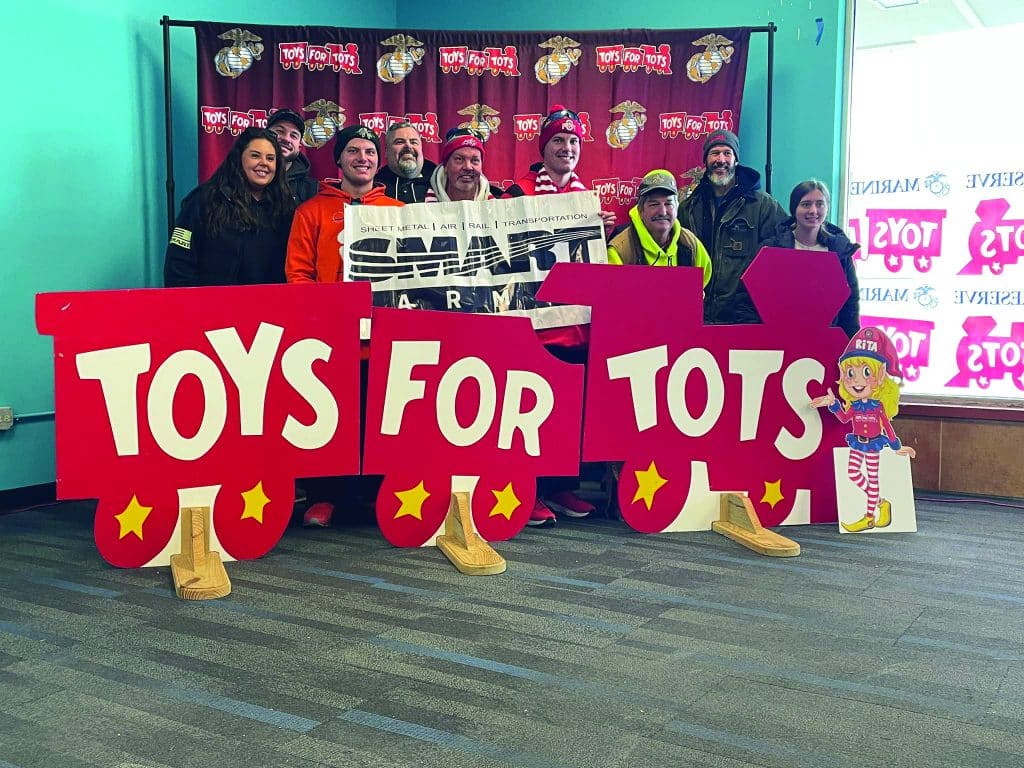
Local 17 members served their community at the Francis Gatehouse with the Merrimack Valley Food Bank, which helps people without adequate access to resources get the nutrition they need.
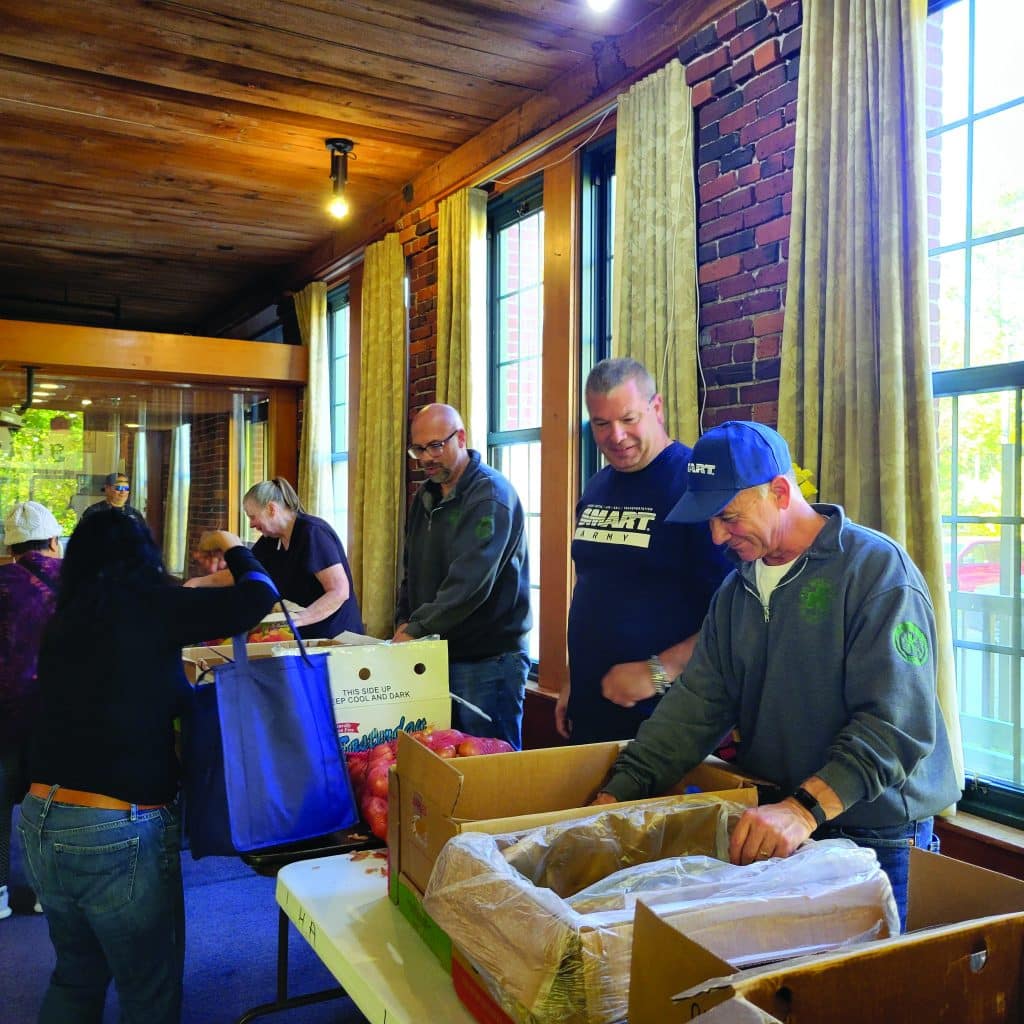
Local 40 (Rocky Hill, Conn.) apprentices helped set up and take down lighting displays for Goodwill’s Fantasy of Lights event at Lighthouse Point.
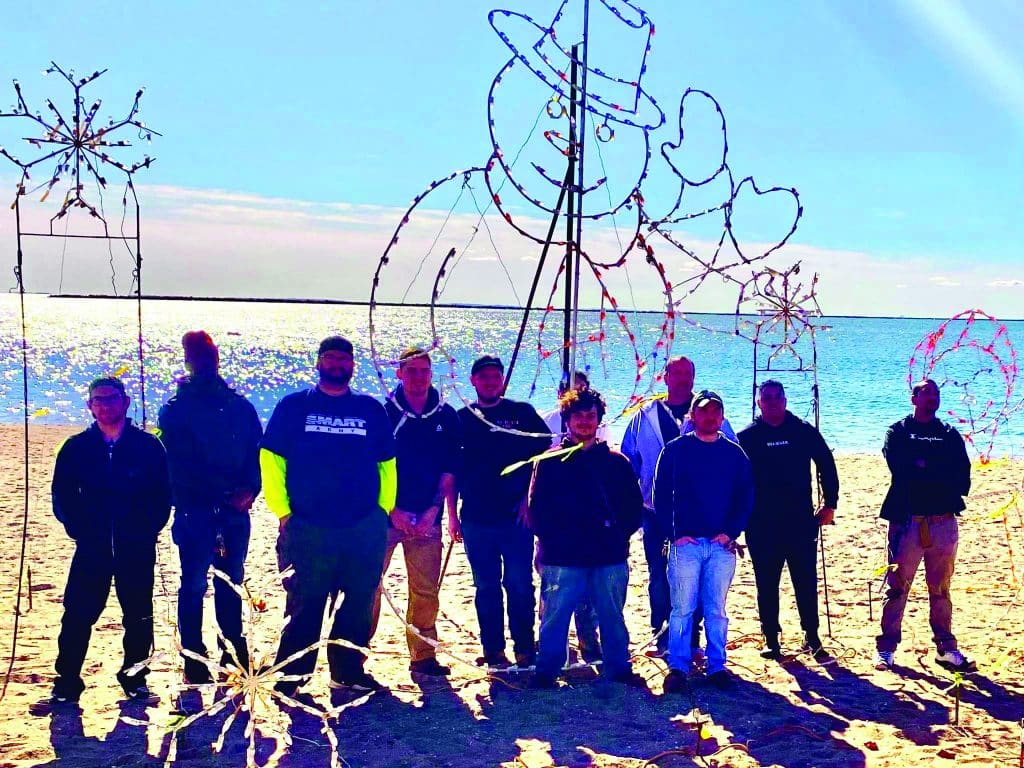
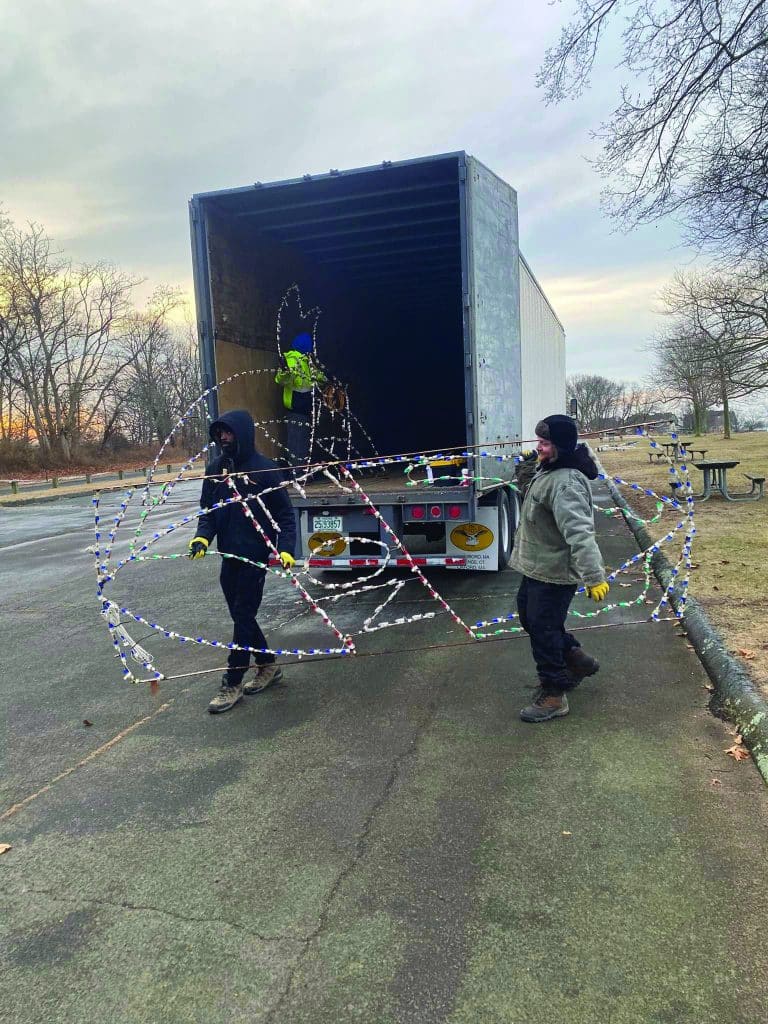
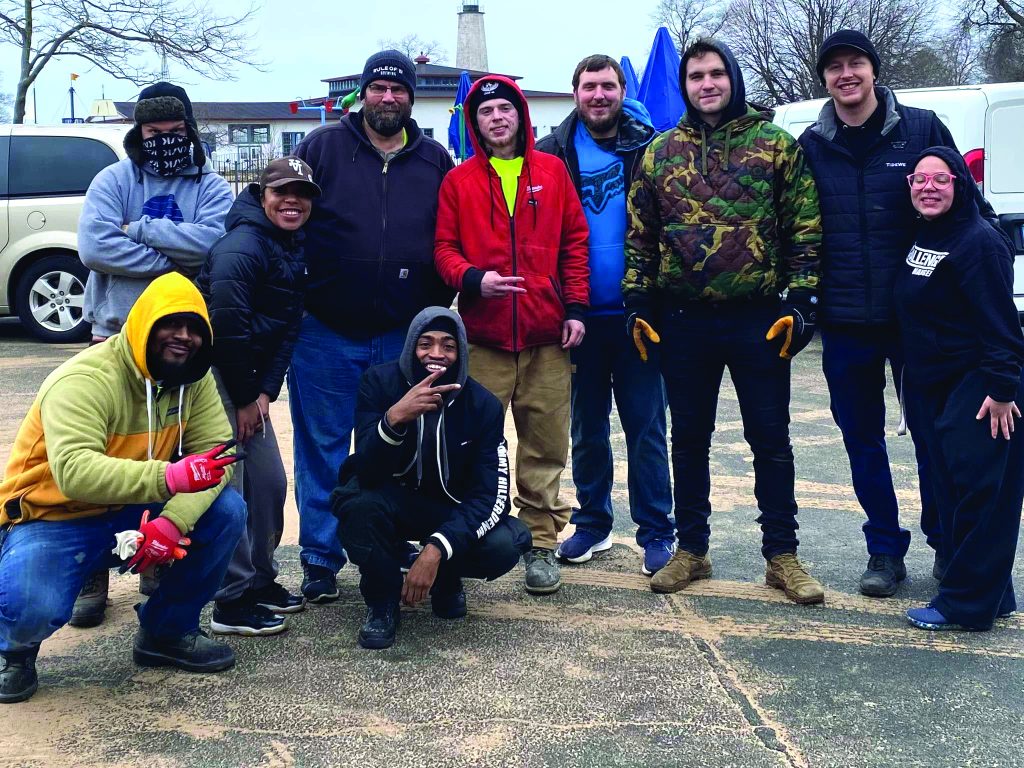
Local 83 (Albany, N.Y.) members collected gifts for those in need as part of Toys for Tots.
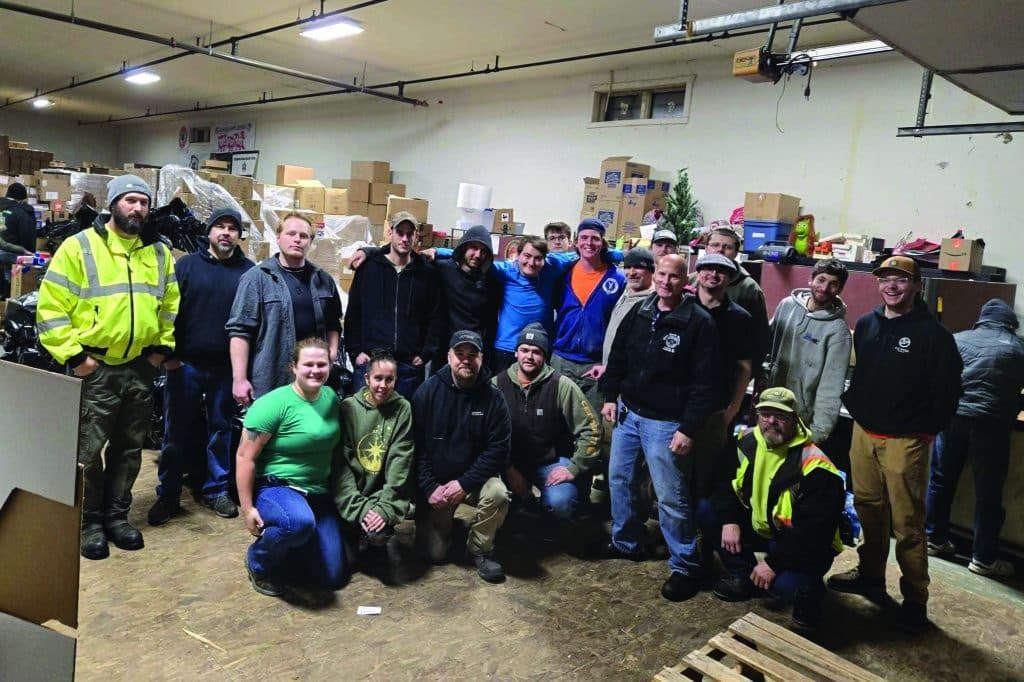
In an annual tradition, Local 104 members in California’s South Bay volunteered with the set up for the 2024 San Jose Christmas in the Park.
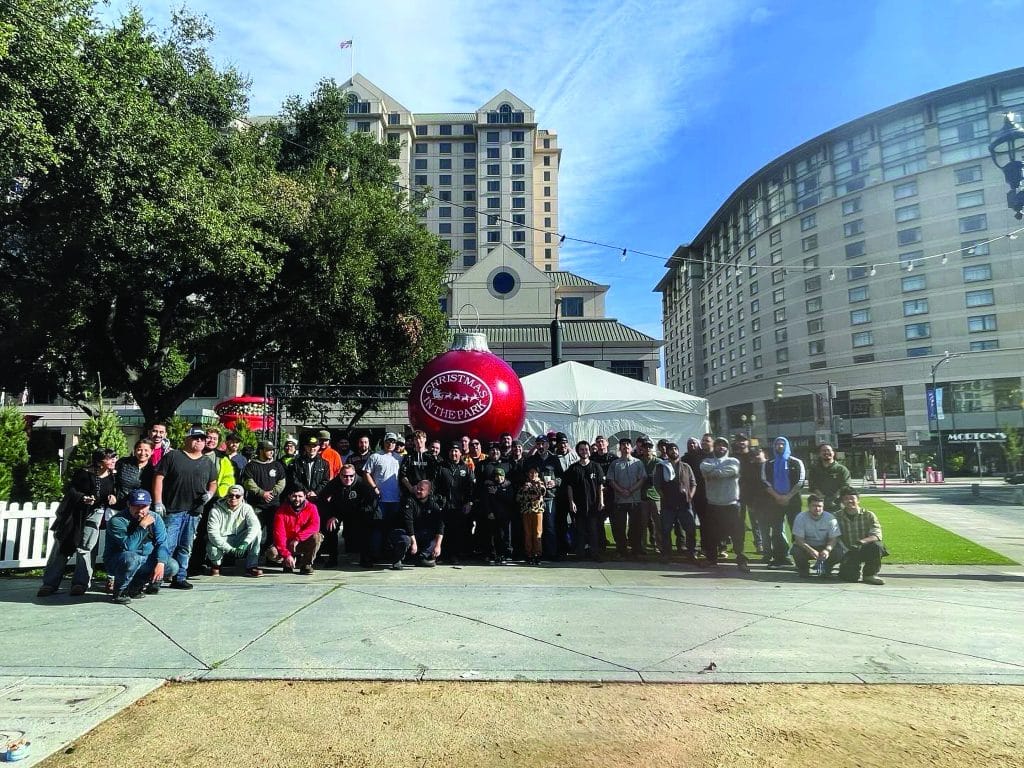
Members of SMART Local 36 in St. Louis partnered with the local SMACNA chapter to help stock food pantry shelves and supply area children’s charities with toys for those who need them.
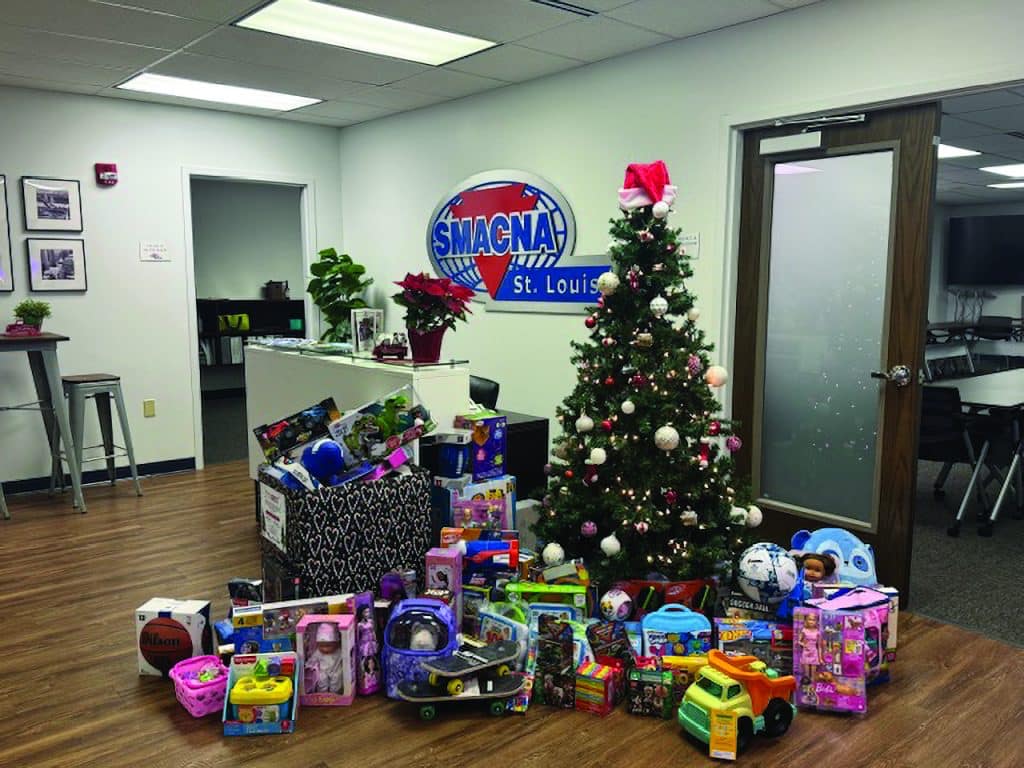
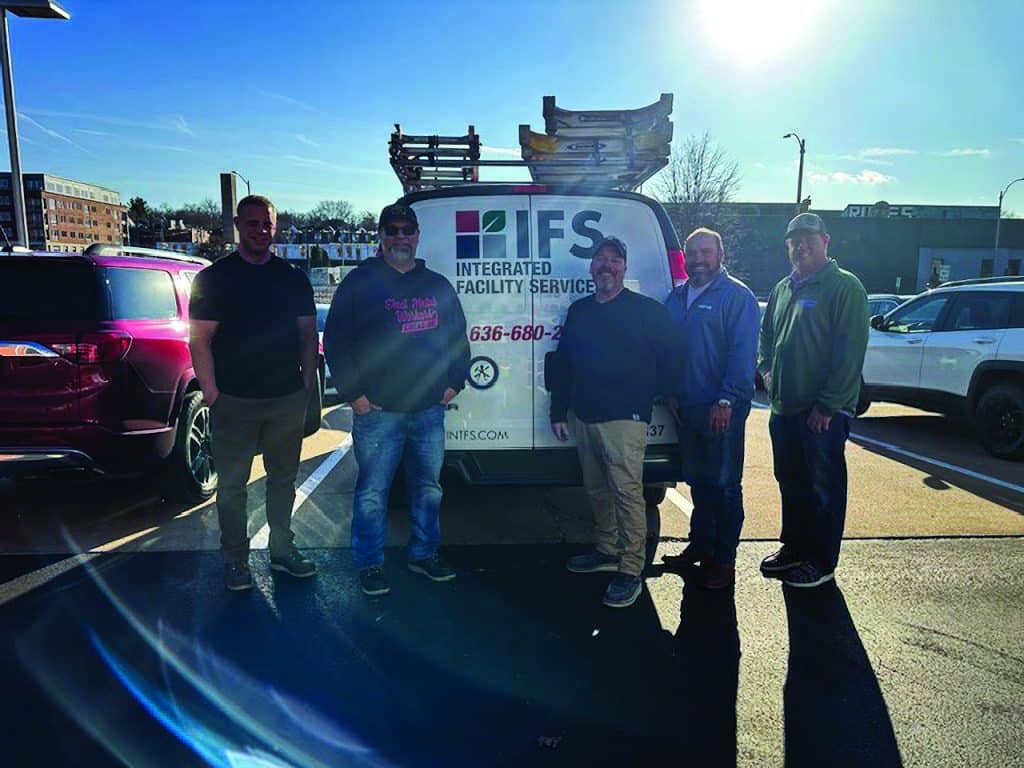
Local 58 (Syracuse, N.Y.) apprentices volunteered to help fix bikes for the CNY Bike Giveaway event at the New York State Fairgrounds.
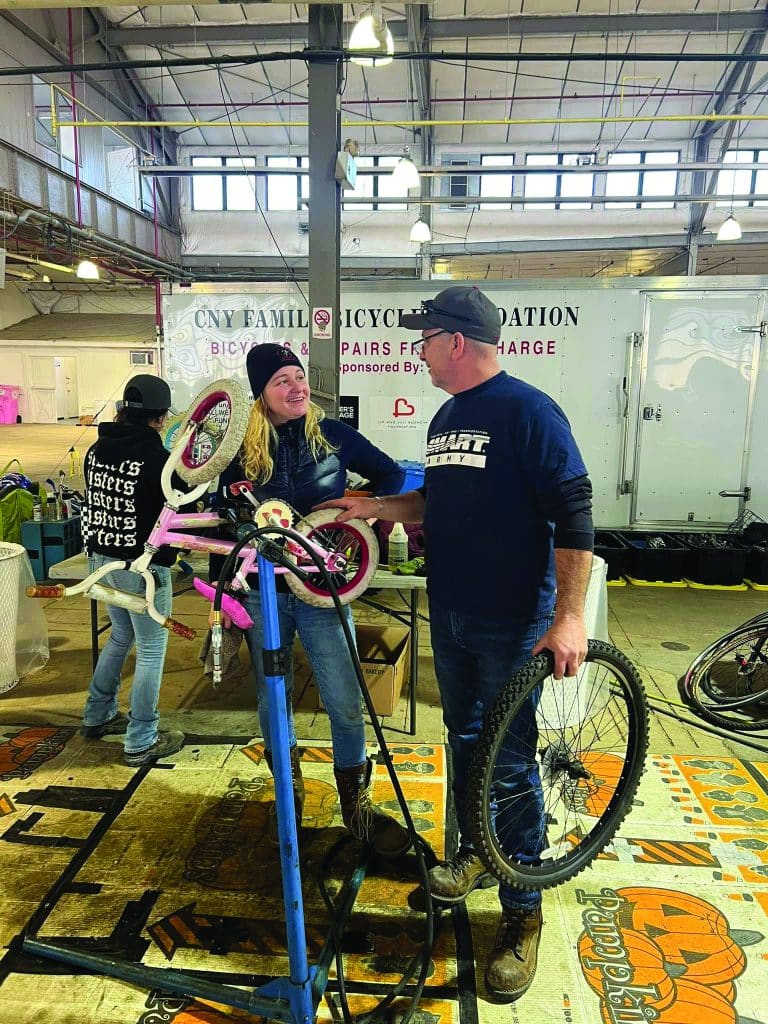
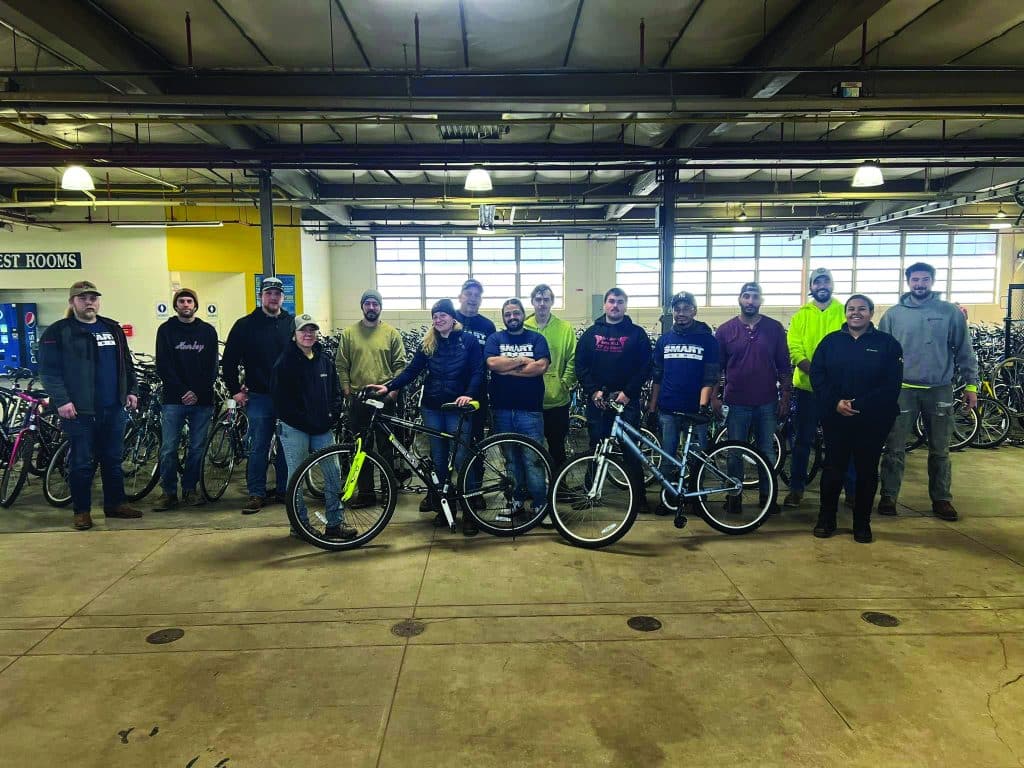
SMART-TD Local 0023 partnered with the nonprofit Grey Bears to serve more than 300 meals to seniors in Santa Cruz, Calif.
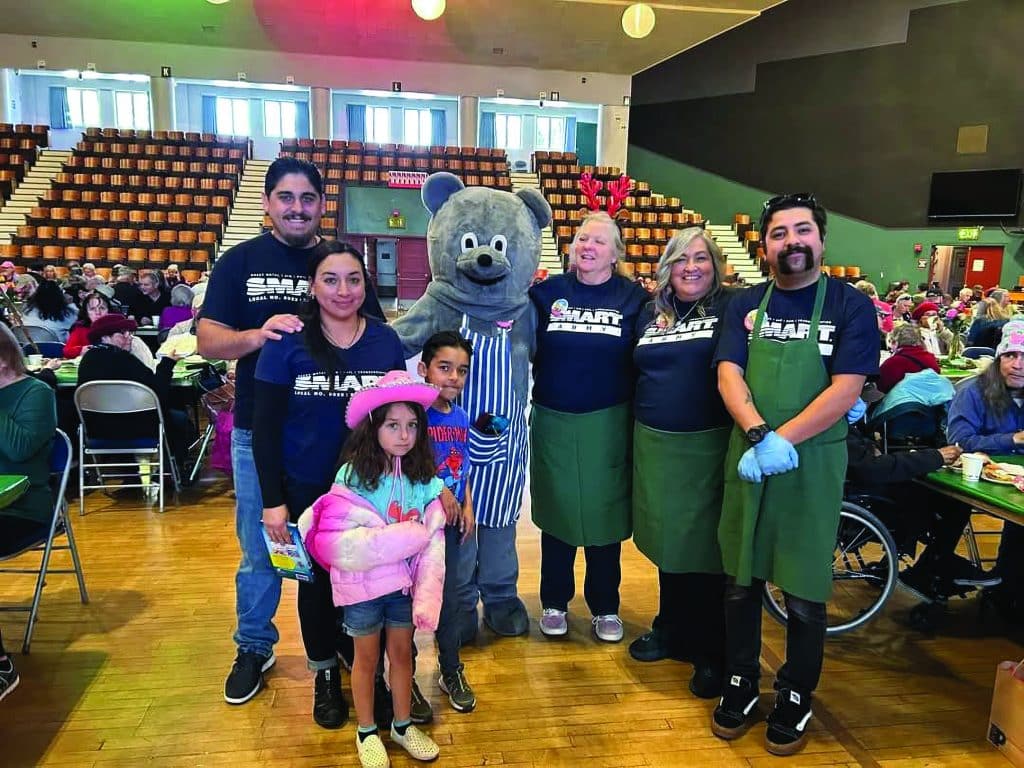
Local 66 (Seattle, Wash.) brought together 45 volunteers for its Christmas Blessing Holiday Meal Program, providing meals to 47 families, delivering gifts to 112 children and raising $10,400 to support the initiative.
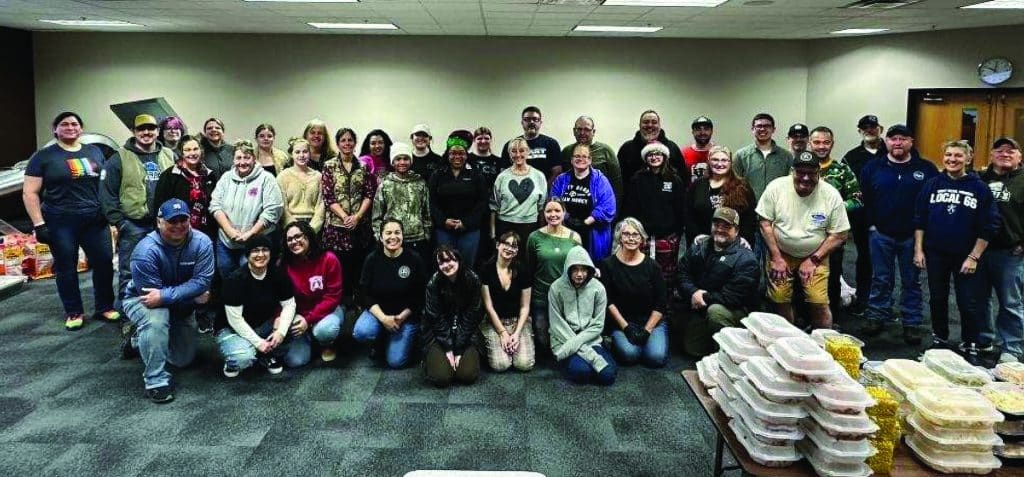
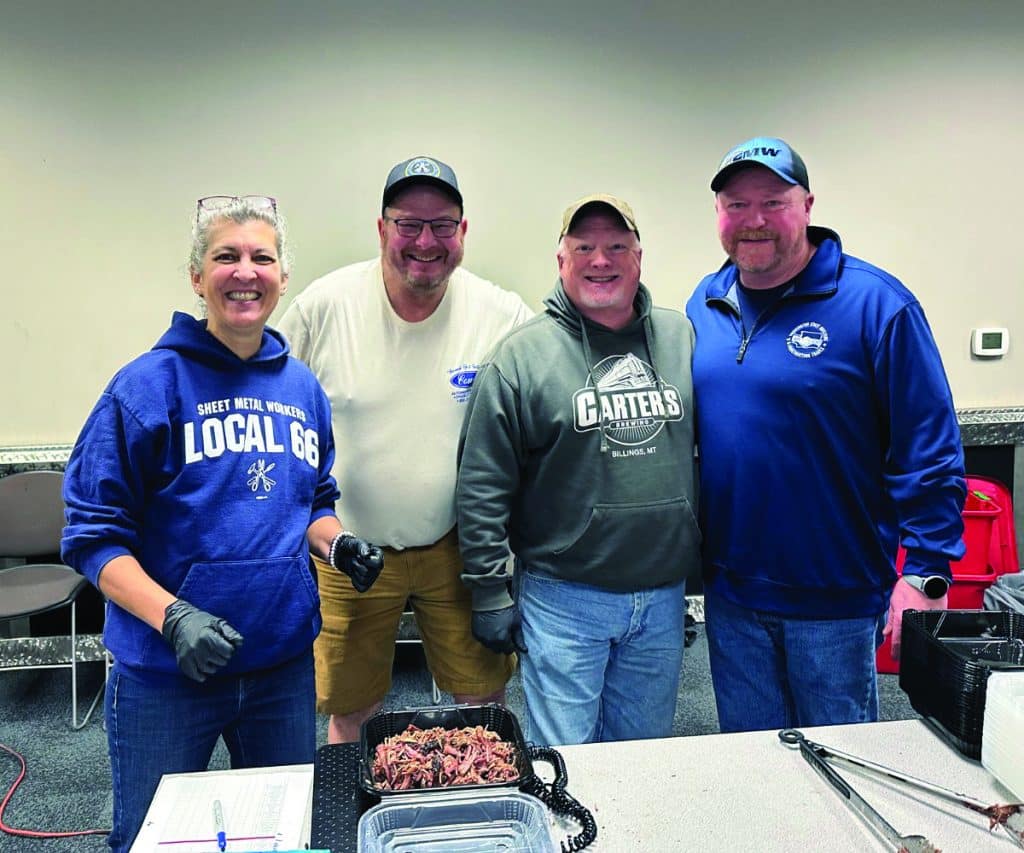
The Local 280 SMART Army made donations at Toy Mountain 2024, a Vancouver, British Columbia-area toy drive that distributes new toys and cash donations to families in need. Local 280 provided more than $1,500 in toys.
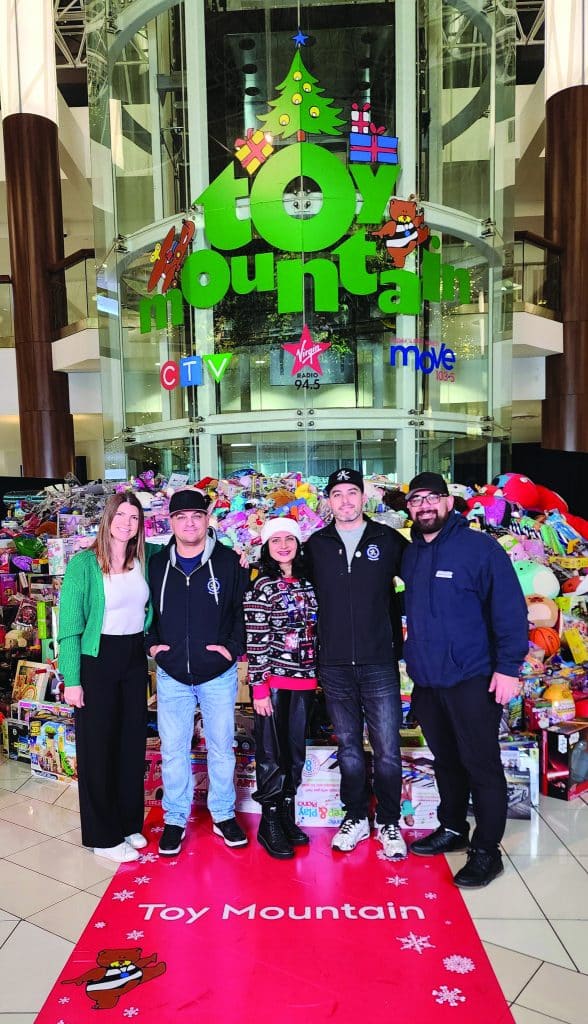
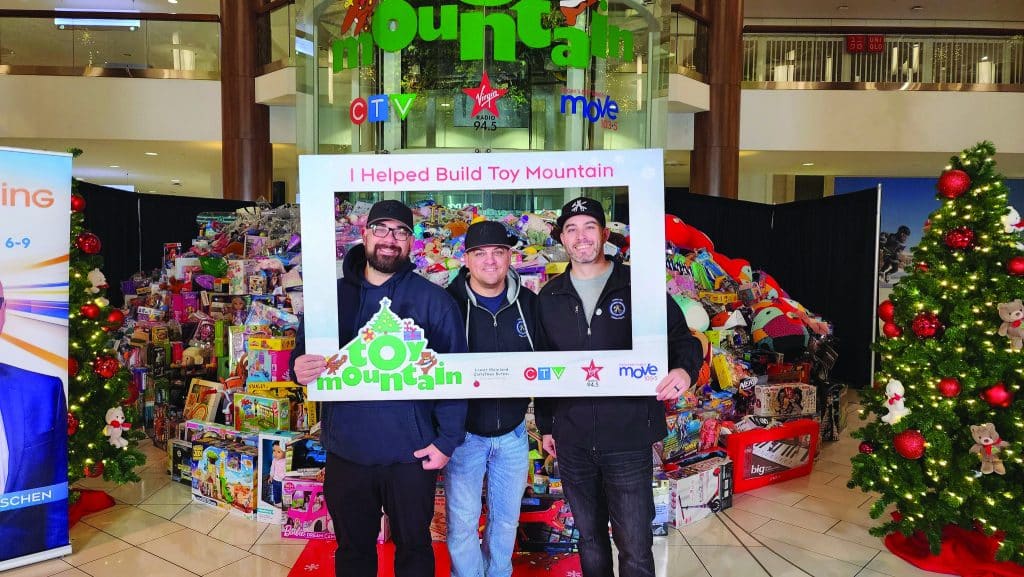
TD supports working families nationwide
As workers and their families celebrated during the festive season, SMART-TD members across the country stepped up to ensure that those who might need a little extra help were able to experience the joy of the holiday season.
In Chicago, the members of Local 1534 worked with the Pediatric Oncology Treasure Chest Foundation, collecting over 100 toys and $200 worth of gift cards for children and teenagers battling cancer.
In Illinois, for the second year in a row, SMART-TD Local 445 hosted the Yuletide Food Drive in partnership with the Jamieson Food Bank in Monmouth, Ill., and the Fish Food Pantry in Galesburg, Ill. Headed up by Brothers Wes Ekstedt, Josh Gordon and Jack Girard, the local collected over 400 pounds of food and nearly $800 to distribute throughout the community.
And in Memphis, Tenn., SMART-TD Local 1557 conducted its second bike drive and secured 100 bikes for the Binghampton Development Corporation after setting a goal of just 20 the year before, which it far surpassed.
